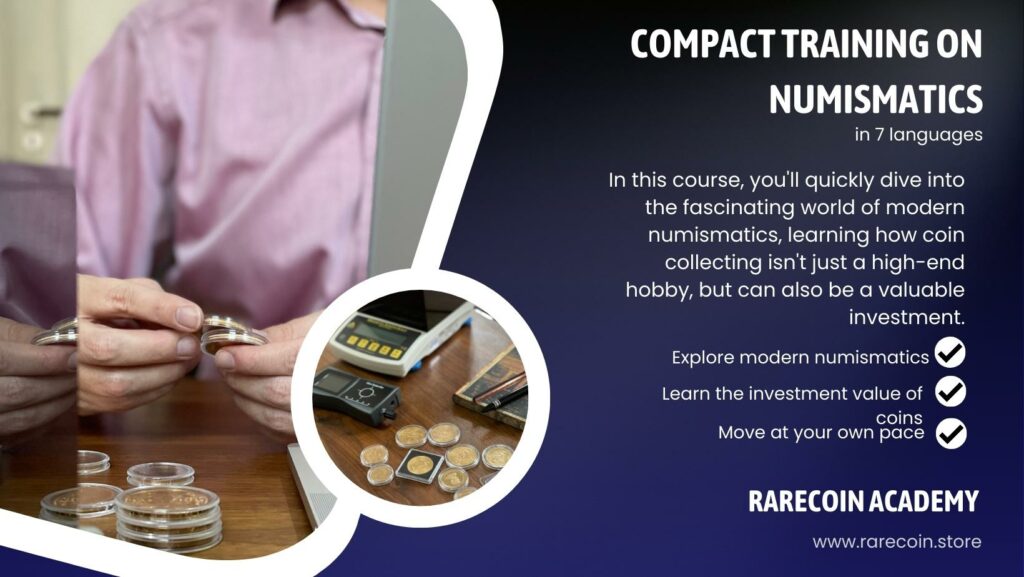
Topic FAQ: The Science Behind Coins
The Science Behind Coins – Coin Anatomy and Terminology:
- What describes the front of a coin? – The front is also called the obverse. The main design is usually presented here, such as a portrait of a ruler or head of state.
- And what can you find on the back? – On the reverse, often referred to as the lapel, you will usually find additional designs, symbols or even information about the face value of the coin.
- How do you define the edge of a coin? – The edge of a coin can be described as its side surface, which can be smooth, grooved or even decorated with inscriptions.
- What characterizes a mint mark? – A mint mark, often recognizable as a small symbol or a combination of letters, provides information about which mint the coin was produced at. Example: St. Petersburg Mint ( SPMD )
The Science Behind Coins – Coin Making: Mints, Stamps and Minting Processes:
- What exactly do you mean by mints? – Mints are specialized facilities that mint coins. They are often under state management and are characterized by individual mint marks. There are also private companies that then mint on behalf of others.
- How do you use a coin die? – A coin stamp, consisting of hardened steel and an engraved design, is pressed with force onto a coin blank, also called a “roundel”. This printing transfers the design to the coin.
- Can you briefly explain the minting process? – First you prepare a coin blank, usually made of metal or an alloy. This is then positioned between two stamps and subjected to high pressure, whereby the design is engraved. After this step you can further process or refine the coin.
- Why do coin surfaces vary in their properties? – The nature of the coin surface results from the minting process, the choice of stamp and possible subsequent refinements. For example, there are polished or matt coins. Each texture affects both the value and aesthetics of the coin.
Further materials :

